By April 25, Berlin was fully encircled. The Soviet pincers had closed. No roads in. No lines out. The city was a trap, and everyone inside the bunker knew it. Above ground, the Red Army poured artillery fire into what remained of the capital. Below, in the Führerbunker, Hitler continued to pretend he was giving orders.
The mood was hushed. There were fewer briefings now. No reinforcements were coming. Every message that arrived only confirmed what was already obvious: Germany had lost, and Hitler’s world had collapsed. But still, Hitler clung to rituals of command. He demanded Field Marshal Wilhelm Keitel call Army Group Steiner—a fictional rescue force whose name had become shorthand for the lies they were all living.
Aides took down his instructions, knowing they were meaningless. Communications had broken down. Entire divisions existed only on outdated maps. Messages sent out received no replies. And yet Hitler still issued arrest warrants and fantasized about revenge. His mind jumped from delusions of counterattacks to furious tirades about traitors.
Witnesses in the bunker described Hitler’s physical decline in clinical terms. He walked with difficulty, dragging one foot slightly. His speech slurred. He barely ate. He was heavily medicated, not just for his chronic digestive problems and tremors, but likely for anxiety, depression, and sleep disruption. His doctor, Theodor Morell, had begun to scale back treatments, either from lack of supplies or resignation. That same day, Hitler dismissed Morell from the bunker. Whether out of mistrust, frustration, or sheer irrelevance is unclear. What is clear, is that Hitler was too broken and delusional to plan and carry out an escape plan, even if he had been inclined to do so.
The circle around the Führer had shrunk to its final core. Joseph and Magda Goebbels. Martin Bormann. Eva Braun. The secretaries—Traudl Junge, Gerda Christian, and others—continued their duties, still typing, still filing, still acting as though the Reich had not already ended. SS guards maintained posts. Some clung to the hope that they might escape west to surrender to the Americans. Others drank and waited.
Outside, Berliners were dying by the thousands. The Red Army moved building by building. Street by street. Civilians flooded subway tunnels seeking shelter, many of which would soon flood as the water systems collapsed. Nazi leadership, once so obsessed with total war, now spent its final hours detached from the consequences of that doctrine.
And through it all, Hitler remained where he had vowed to stay: beneath the surface, issuing orders to ghosts, talking about betrayal, and repeating the same mantra, he would not be captured. He would not run. If Berlin fell, he would fall with it.
By the end of April 25, that promise was no longer theoretical. There was nowhere left to go.
FULL SERIES:
Yes, Hitler Really Did Commit Suicide, 80 Years Ago
Part 1: April 20, 1945 – Hitler’s Last Birthday
Part 2: April 21, 1945 – The Net Tightens
Part 3: April 22, 1945 – The Breaking Point
Part 4: April 23, 1945 – The Succession Panic
Part 5: April 24, 1945 – The Axis of Betrayal
Part 6: April 25, 1945 – No Way Out
Part 7: April 26, 1945 – The Sky Closes
Part 8: April 27, 1945 – Rienzi
Part 9: April 28, 1945 – Wedding Day
Part 10: April 29, 1945 – The Day Before the End

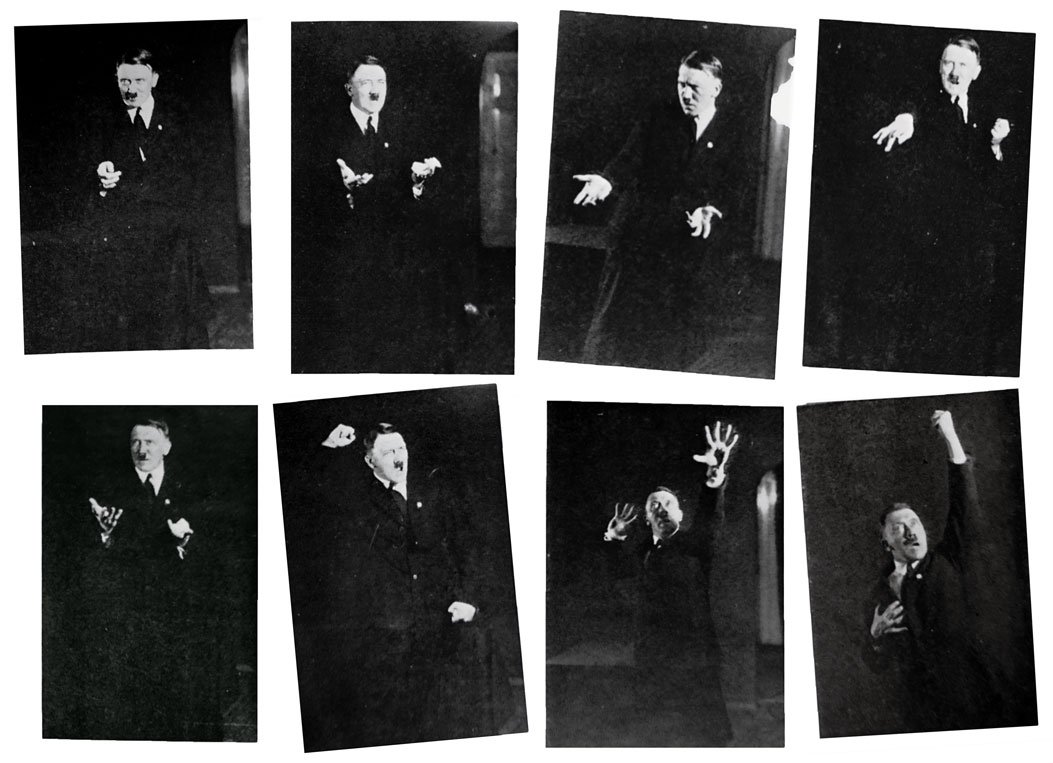

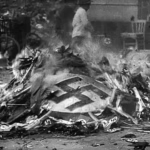
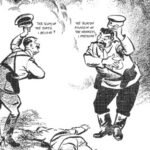


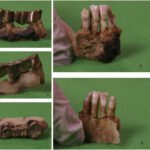
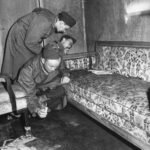
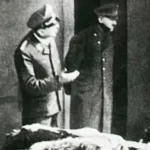



Leave a Reply